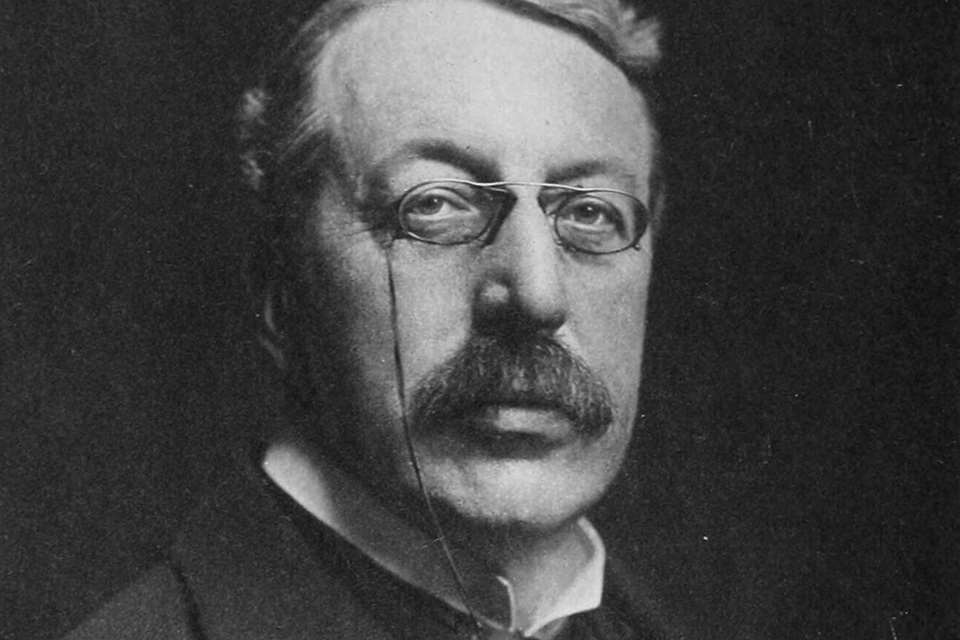Caricature or portrait: the depiction of Irish culture in Stanford’s opera ‘Shamus O’Brien’
Rory Dunne
Wednesday, March 13, 2024
‘Paralleling contemporary shows such as Mrs Brown's Boys, its success lies in its ability to critique societal norms and highlight political tensions through a heightened, colourful, yet humorous lens’

Register now to continue reading
Thanks for exploring the Gramophone website. Sign up for a free account today to enjoy the following benefits:
- Free access to 3 subscriber-only articles per month
- Unlimited access to our news, podcasts and awards pages
- Free weekly email newsletter









